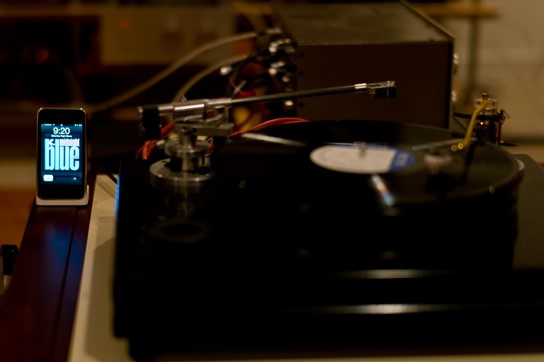
The evolution of music technology has profoundly shaped how we create, produce, and experience music. The transition from analog to digital has revolutionized every aspect of the musical landscape, from composition to distribution.
Analog Era: Analog technology, including vinyl records, cassette tapes, and analog synthesizers, dominated the music scene for decades. Musicians recorded on tape, embracing imperfections that added warmth and character to their sound.
Digital Revolution: The digital age ushered in a new era of possibilities. Digital audio workstations (DAWs) replaced tape, enabling precise editing, mixing, and production. MIDI (Musical Instrument Digital Interface) allowed electronic instruments to communicate, paving the way for electronic music genres.
Sampling and Synthesis: Sampling and synthesizers became integral tools for musicians, offering endless sonic manipulation. Genres like hip-hop and electronic dance music (EDM) flourished as artists embraced these technologies.
Home Recording: Digital advancements democratized music production, making home recording studios accessible to aspiring musicians. Bedroom producers could now create high-quality music without costly studio sessions.
Streaming and Distribution: The rise of digital technology transformed how we consume music. Streaming platforms revolutionized distribution, allowing instant access to vast libraries of music from around the world.
The evolution of music technology is a testament to human innovation, pushing the boundaries of creativity and enabling musicians to explore uncharted sonic territories.
Get Involved with Mon Valley Academy for the Arts!
- Check our schedule for all our upcoming events
- Enroll in music lessons
- Volunteer your time and talents
- Sign up for our monthly e-newsletter (use the form below)
